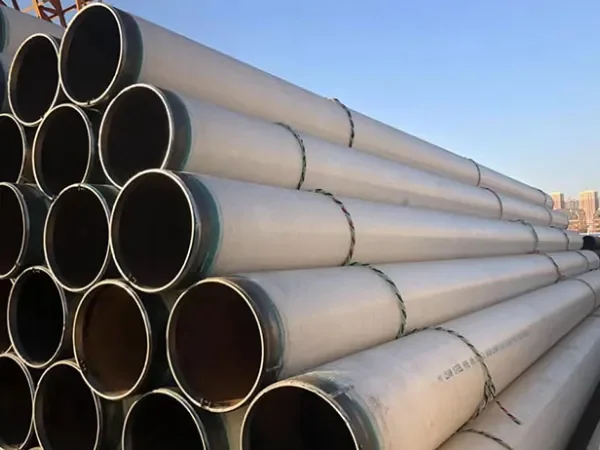Causes of grinding cracks on the surface of seamless steel pipes
Seamless steel pipes are widely used. Different types of seamless steel pipes have different applications and will encounter various problems in use. The following will share with you what are the reasons for the grinding cracks on the seamless steel pipe surface?

Large lumps and coarse network carbides will increase the brittleness of the surface and reduce the strength of the matrix, especially the low strength and poor toughness along the grain boundaries. The thermal conductivity of seamless steel pipe carbides is only half of that of retained austenite, so the heat dissipation becomes worse, which increases the tendency of grinding cracks. Generally speaking, the grinding cracks of seamless steel pipes are prone to spread along the grain boundaries, so cracks will occur.
During the grinding process of carburized seamless steel pipe(ASTM A106 GR.B) parts after heat treatment, a large amount of heat will be generated on the surface of the parts, which will increase the surface temperature, the retained austenite structure will be transformed into a martensite structure, and the specific volume will increase. The tensile stress of the surface layer causes the part to crack. In addition, the thermal conductivity of retained austenite is lower than that of martensite. Too much residual austenite in the seamless steel pipe will slow down the heat dissipation rate of grinding, the surface temperature will rise faster, the thermal stress will increase, and the cracking tendency will increase.
After the seamless steel pipe is quenched, the internal stress of the coarse acicular martensite structure is large and the strength is low. Microcracks in the martensite structure may also become the source of grinding cracks, so the tendency of seamless pipes to be ground cracks has increased. Martensite with coarse grains must be accompanied by a large amount of retained austenite, so seamless pipes are more prone to cracks.






